Are There Capacity Differences Between Small and Large Inflatable Jumping Castles?

Inflatable jumping castles, commonly used at parties and events, come in various sizes. The capacity of these castles is influenced by their size, which is categorized as either small or large. Understanding the differences in capacity between small and large jumping castles is crucial for event planning, ensuring the safety and enjoyment of all participants.
Small Inflatable Jumping Castles
Small inflatable jumping castles are typically designed for younger children and smaller groups. These castles usually have a capacity of around 4 to 8 children at a time, depending on their size and the weight limit specified by the manufacturer. They are ideal for private parties or small gatherings.
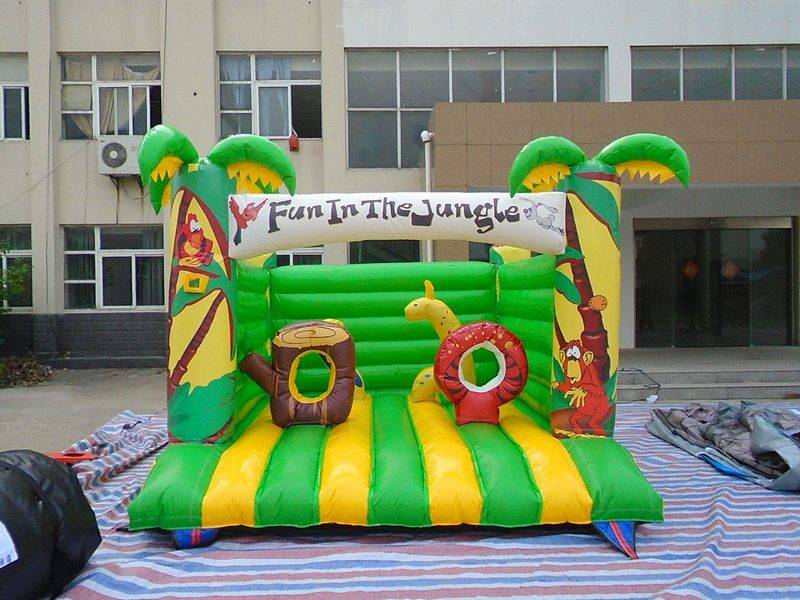
Large Inflatable Jumping Castles
Large inflatable jumping castles are designed to accommodate more participants and are often used at larger events or public gatherings. These castles can generally hold between 10 to 20 children at a time, with some even capable of supporting up to 30 participants. The increased size allows for more elaborate designs, including additional features like slides and obstacle courses.
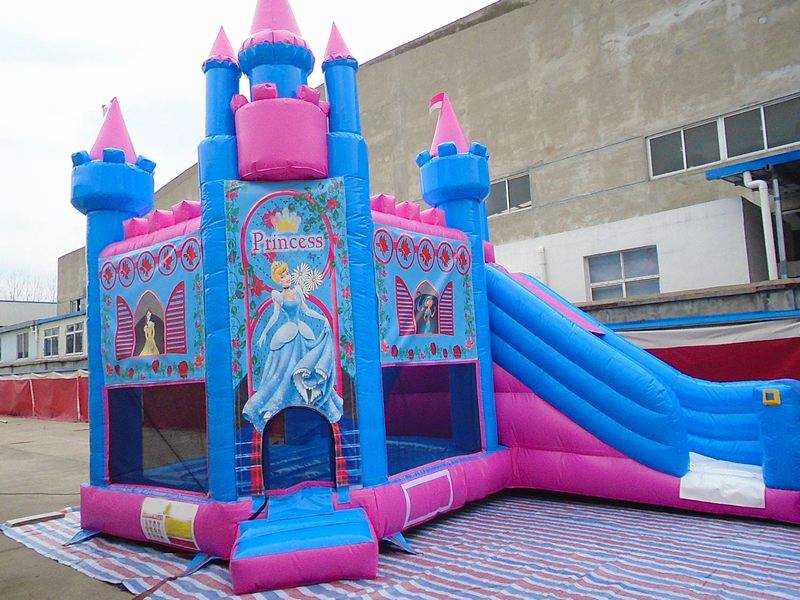
Factors Affecting Capacity
The capacity of inflatable jumping castles is determined by several factors:
- Size: Larger castles naturally have a higher capacity due to increased surface area.
- Weight Limit: Each castle has a specified weight limit, which must not be exceeded to ensure safety.
- Design Features: Additional features like slides or climbing walls can impact the overall capacity.
- User Age and Size: The age and size of the participants play a role, as younger children can often be accommodated in greater numbers compared to older children or adults.
Conclusion
When choosing between a small or large inflatable jumping castle, consider the number of participants, the nature of the event, and the age group of the users. Large jumping castles offer greater capacity and additional features but require more space and supervision, while small castles are more suitable for intimate gatherings.

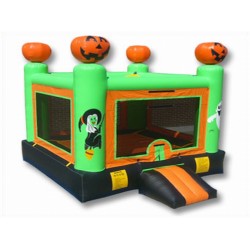
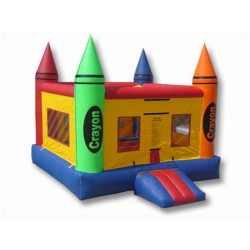
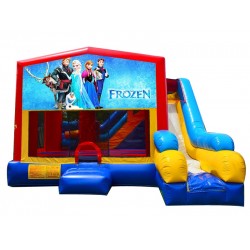
Leave a Comment